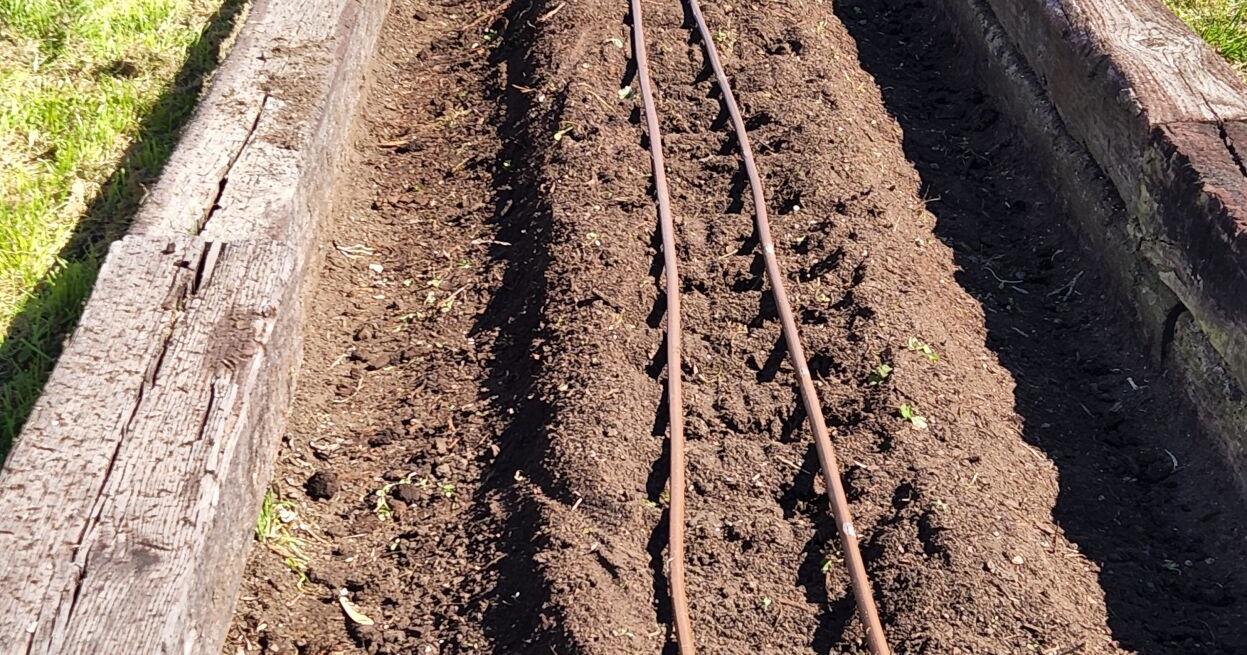Popular Flower Types
Whether you’re planting for color, fragrance, or style, there are plenty of flowers to choose from. From perennials that bloom from late spring to fall to annuals with short lives, here are some of the most popular varieties to add to your garden.

Whether it is flower beds or vegetable garden plots, nobody wants to see off-colored, puny plants that bear little resemblance to the pictures on the seed packets. While a number of factors can contribute to unhealthy plants, one of the most basic can be the condition of the soil.
Review the current conditions
If your plants are not growing or producing to your satisfaction, you have to play detective to “root” out the cause. Insects are usually pretty obvious—grasshoppers are the bane of my gardening existence. The cause may be pathological—fungus or mildew which again can be determined visually. But if there is nothing visually apparent, you may have to start digging to determine the problem.
New or previously used area?
Whether you are re-working an area that has been a vegetable garden for many years or are creating a new planting area can impact the condition of the soil. Texas A&M AgriLife Extension offers multiple soil tests that will give you an unbelievable amount of information. The form lists 12 different options for soil testing, but the most basic test (No.1 for $12 per sample) is the one that is “a base test for basic fertilizer recommendations.”
According to Neil Sperry, a well-known horticulturist and former AgriLife Extension Specialist, “nitrogen will almost always be lacking,” but the other main nutrients phosphorus and potassium in the soil may be OK. The Extension will recommend the ratio and amount of the nutrients based on the results of the test. All the forms you need and the instructions for taking and submitting a sample are available online at soiltesting.tamu.edu.
What to add
Sperry notes “organic matter is the beginning” no matter what type of soil you may have. Organic matter will help loosen black gumbo/clay types of soils and it will enrich and help sandy soil, which is often nutrient-deprived, retain moisture. He says it is “best to use a combination of several different types” of organic material including, compost, peat moss, processed manure and finely ground bark mulch.
Mixing it all op
Sperry also recommends that you start with a blend of 5 inches of the organic materials (combined—not 5 of each). The Soil Report will give you the amount of fertilizer to add—so now you’re going to have to math it. If you are buying materials in bags, the application rate will be on the back—it always takes more than you think. Spread the materials and the fertilizer over the surface of the bed and use a tiller to work it into the soil. If you want a little more cardio, you can use a spade.
Almost finished
Now that your soil is prepped and ready, you need to consider water application methods. The least expensive is a hand-held hose-end spray nozzle that delivers a soft, rain-like pattern of water. The fan-shaped nozzles do a good job. But, if you are like me, that will lead to very inconsistent watering.
If you do not have an automatic sprinkler system, please consider a self-installed drip system. While I use them in all my beds (flower and vegetable) they are especially suited for vegetable beds to target each individual plant. And, since the drip holes are spaced 12 or 18 inches apart, it makes calculating the plant intervals easy.
The proof is in the product
If it seems like a lot of work for a nice rose or a big tomato, you are right. But, other than fertilizer, this complete job does not have to be done every year. Extension recommends having the soil test every three to four years. Sperry suggests you “add a couple of inches of organic matter every year.”
Source: victoriaadvocate.com

Leave a Reply